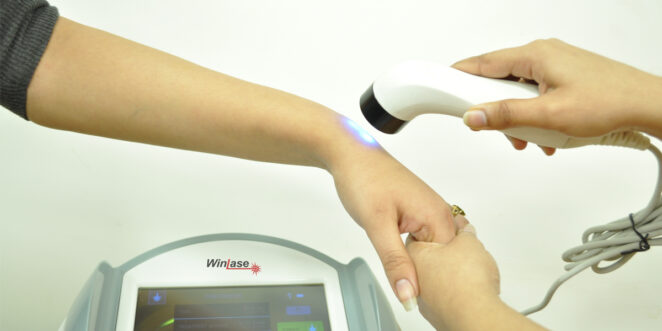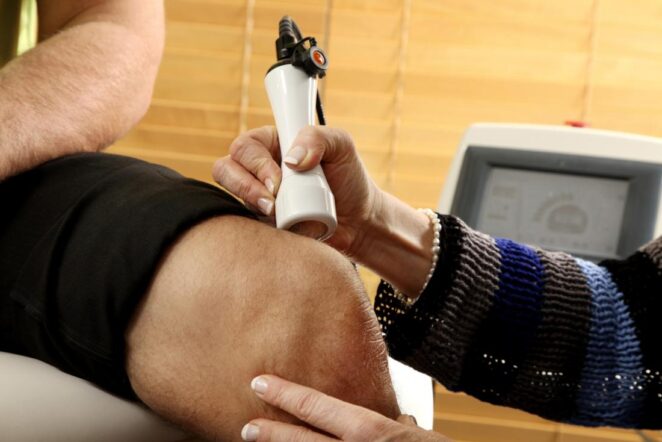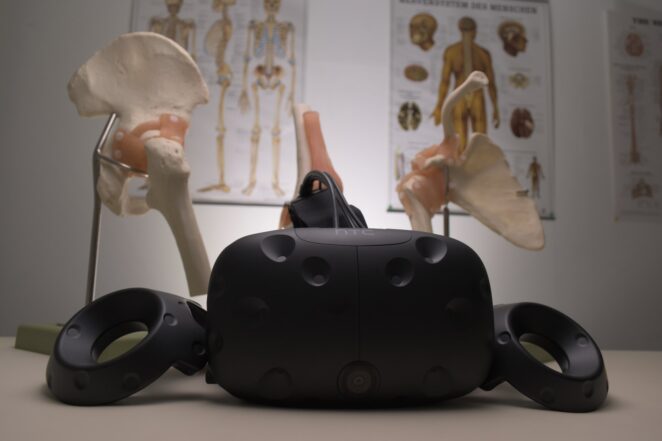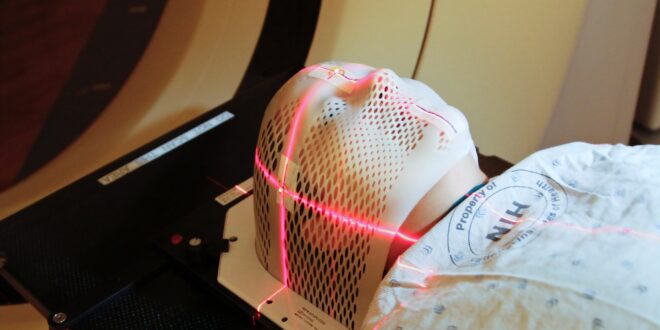Laser therapy is a medical treatment that uses focused laser light. These lights can be tuned to a specific wavelength, unlike other light sources. Thus, allowing you to focus the laser light into powerful beams. Also, their intensity is strong enough to cut steel or shape diamonds.
In the medical field, laser light allows surgeons to achieve high precision operations by focusing the light on small areas. This reduces damage to the surrounding tissues. If you want to know more about laser therapy, keep on reading!
Types of Laser Therapy Devices
Laser therapy machines come in different types. Aside from laser therapy devices for hospital use, home laser therapy devices are also available from raycome.com. Below are just some of these devices:
- Nail fungus
- Pain relief
- Waist care
- Knee care laser devices.
- Classification of Laser Therapy Devices
1. There are 4 main classifications of laser therapy devices

1. Class 1 & Class 2 Laser Devices
These devices have a continuous 5-mW maximum power per diode and you can purchase them for home use. Your best options if you are not going to ask for a recommendation from your therapist or doctor are pulsing lasers.
2. Class 3 Laser Devices
Although these devices are designed for practitioners, you can purchase them for personal use but a recommendation from your healthcare provider is required. Class 3 laser devices have a continuous 500-mW power per diode.
3. Class 4 Laser Devices
Lastly, class 4 laser devices have at least 1 laser beam and can output at least 500 mW. Take note that lasers with powers ranging from 0.5 watt to 50 watts can damage your eyes or tissues if not used properly. Similar to class 3 laser devices, you can buy class 4 for home use but with a recommendation from your healthcare provider.
2. Uses of Laser Therapy
Below are the common uses of laser therapy:
- In the Cosmetic Field
- Tattoo removal
- Lessening the appearance of scars, blemishes, or wrinkles
- Hair removal
- Removing sun spots, birthmarks, moles, and warts
For Cancer Treatment
This therapy is effective in treating the early stages of cancers such as:
- Basal cell skin cancer
- Non-small cell lung cancer
- Vulvar cancer
- Vaginal cancer
- Penile cancer
- Cervical cancer
For Sealing/Cauterizing
This therapy has a sealing or cauterizing effect so it is also used in sealing:
- Lymph vessels
- Blood vessels
- Nerve endings
4. Other Uses
This therapy is also used in:
- Pain treatment (back, knee, etc.)
- Hair loss treatment resulting from aging or alopecia
- Improving vision
- Repairing detached retinas
- Removing prostate parts
- Removing kidney stones
Ablative & Nonablative Laser Devices
Ablative lasers are used in removing the skin’s outer layer (epidermis). It heats the dermis to encourage the growth of collagen fibers. They include erbium and carbon dioxide lasers.
On the other hand, non-ablative lasers are non-wounding lasers that stimulate collagen growth to improve the skin’s texture and tone. The majority of them are non-ablative lasers. However, they are less invasive so they are less effective.
Advantages of Laser Therapy

- Your wounds heal faster and you experience less scarring, swelling, and pain compared to traditional surgeries. Home treatment options are available. So if you do not want to visit the hospital to get treatment from a professional, you can buy your own laser therapy device.
- There is no need for you to stay overnight at the hospital. In case there is a need for general anesthesia, it is used for shorter times.
- This therapy or operation is usually done in shorter durations compared to traditional surgeries. They can be performed on outpatients.
- Lasers provide more precision compared to other surgical instruments. They make shallower and shorter cuts which lessen damages to tissues.
Disadvantages of Laser Therapy
- It can be expensive, especially if the area you want to get treated is large.
- You need to perform multiple treatments to achieve the desired results.
- Although the possibility of your skin getting damaged is low, you can also experience pain, swelling, bruising, and itching, especially if you are doing the treatment yourself. Infections can also happen.
Side Effects of Laser Therapy

Below is a detailed discussion of the major side effects of this therapy:
1. Ocular Injuries
Not only you, as a patient, can get an ocular injury because anyone in the room with you is at risk. Your eyes can get damaged when it is exposed to the laser’s beam. Depending on the target chromophore, several structures in your eyes can get damaged. Pigment and vascular lasers can damage your retina because they target melanin while ablative lasers can damage your cornea because they target water.
2. Scarring
Ablative laser therapy causes scarring. You should be cautious when performing treatment on your neck because it is more prone to scarring. If you had your treatment from a professional, you should immediately return in case you notice any scar formation so that they can treat it earlier.
3. Infections
These are common in ablative laser therapy procedures because the skin’s barrier function is disrupted. Some of the common infections are:
- Cutaneous Infections
- Herpes Simplex Virus (HSV)
4. Burns
Laser therapy devices can generate excessive heat which can burn the tissues of the skin being treated. Aside from overheating, burns can also occur when proper cooling techniques are not followed. Before getting this therapy, you should get a spot test first to avoid any complications.
5. Dyspigmentation
Laser surgery can cause hyperpigmentation or hypopigmentation. Patients with darker skin tones have higher risks of dyspigmentation, including excessively tanned patients.
Cost of Laser Therapy

Laser therapy treatments are also not for everyone because they can be expensive. Laser eye surgeries can range from $1,000 to $3,000 per eye. For laser skin treatments, the average cost is $1,201 for non-ablative and $1,963 for ablatives.
Conclusion
Laser therapy operations are already replacing traditional surgeries because they provide more precision, especially in cancer operations. Though they are very effective in treating various conditions, they also have some risks, so make sure that you know about them before you go for a laser treatment. Plus, they can be quite expensive. Hopefully, you have learned a lot about this therapy from this article.
 Vermont Republic Second Vermont Republic
Vermont Republic Second Vermont Republic




